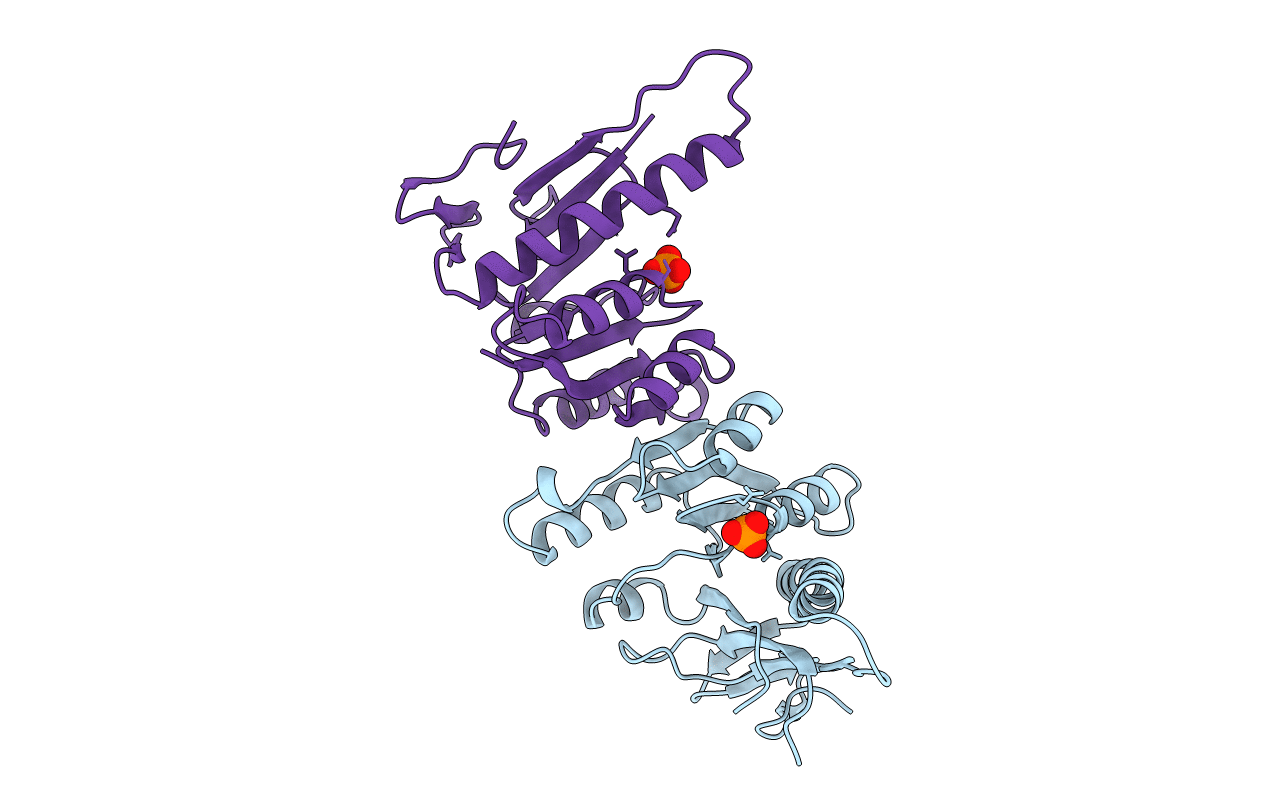
Deposition Date
1992-07-21
Release Date
1993-10-31
Last Version Date
2024-02-07
Entry Detail
PDB ID:
1GRC
Keywords:
Title:
CRYSTAL STRUCTURE OF GLYCINAMIDE RIBONUCLEOTIDE TRANSFORMYLASE FROM ESCHERICHIA COLI AT 3.0 ANGSTROMS RESOLUTION: A TARGET ENZYME FOR CHEMOTHERAPY
Biological Source:
Source Organism:
Escherichia coli (Taxon ID: 562)
Method Details:
Experimental Method:
Resolution:
3.00 Å
R-Value Work:
0.19
R-Value Observed:
0.19
Space Group:
C 2 2 21


